A peaceful scene at Mahathat Temple.
The cradle of Thai culture.
Sukhothai was once part of the Khmer Empire but broke away to become an independent kingdom in 1238. Although it only existed for two centuries (1238-1438), the Sukhothai kingdom left a lasting mark with its brilliant civilization, known for its linguistic heritage, the development of Buddhism, and a unique cultural identity that has been inherited to this day.
The ancient capital of the Sukhothai Kingdom, also named after the kingdom, was located in Muang Kao commune, about 12km from present-day Sukhothai city. It became a historical park and a UNESCO World Heritage site in 1991. Here, visitors can admire nearly 200 temples with typical architecture, representing the culture of the Land of Temples, such as Mahathat, Phra Pai Luang, Si Chum, and Sorasak... Each temple possesses its own unique architectural features, like a one-of-a-kind work of art created by the harmony between people, culture, and religious beliefs.
Mahathat is one of the oldest temples in Sukhothai, surrounded by 185 stupas and 6 prayer rooms of varying sizes. The main stupa, located in the center, is built in the distinctive Sukhothai style. At Si Chum Temple, visitors are impressed by the 15-meter-tall seated Buddha statue, erected in the 14th century. The majestic appearance and enormous size of the statue demonstrate the greatness of the ancients in creating such a lifelike work despite limited technical and technological resources. Sorasak Temple, on the other hand, is famous for its stupa protected by 24 intricately carved stone elephants protruding from its base. Elephants are considered "guardians" in Buddhism, and ancient kings often kept white elephants to symbolize power and wealth.
Along with Sukhothai, the towns of Si Satchanalai and Kamphaeng Phet were ancient towns of the former Sukhothai kingdom. While Sukhothai served as the political and administrative capital, Si Satchanalai was a spiritual center and a center for pottery exports, and Kamphaeng Phet was an important military center, protecting the kingdom from foreign invaders.
All three towns also boast magnificent monuments and sculptures, evidence of the beginnings of Thai architecture and art, known as the “Sukhothai style.” Furthermore, inscriptions found at these sites reveal the earliest forms of Thai writing, originating from the history of the Sukhothai kingdom. Moreover, Sukhothai had a thriving economy based on agricultural production and industrial exports, particularly high-quality ceramics. These favorable conditions made Sukhothai a prosperous nation, known as the “Dawn of Happiness.”
Unique experiences
To fully explore Sukhothai Historic Park and the surrounding area, visitors can choose to cycle, use an electric vehicle, or hire a samlor (tuk-tuk), as cars are restricted. Sukhothai Historic Park is divided into different areas. Besides highlights like Mahathat Pagoda and Si Chum, a fun cycling trip will take you to Saphan Hin Pagoda – home to a giant standing Buddha statue perched on a hill overlooking the Sukhothai countryside. From here, visitors can enjoy panoramic views of the peaceful, picturesque countryside or immerse themselves in the glorious sunset, watching the sun slowly set behind the Buddha statues and stupas.
For an overview of Sukhothai's history, visitors shouldn't miss the Ramkhamhaeng National Museum, located near the entrance to Sukhothai Historical Park. The museum showcases the life and career of King Ramkhamhaeng the Great (reigned 1278-1298), who led the Sukhothai kingdom to its golden age. He is also known as the "Father of the Thai Language" for creating the Thai alphabet, which is still used today.
Besides Sukhothai Historic Park, visitors should also visit Si Satchanalai Historic Park located in the satellite town of the same name. This is also the home of famous pottery. Visitors can tour some of the ancient kilns here to learn more about the history of pottery and enjoy the tranquil scenery by combining it with an overnight stay in Ban Na Ton Chan village. Located 10 miles from Si Satchanalai town, the village has won awards for its community-based tourism initiatives that help preserve traditions while allowing tourists to experience local culture.
When visiting Thailand, many tourists always hope to experience the alms-gathering activities of the monks. Set your alarm and wake up early to witness the long processions of monks going on their alms rounds. One of the best places to experience this is Traphang Thong Temple, where devotees often gather to give alms to the monks.
Finally, for a perfect morning, after watching the alms-giving ceremony, immerse yourself in the vibrant atmosphere of the traditional market adjacent to Traphang Thong Temple to enjoy a cup of coffee and pa tong go (a light snack similar to a donut) or try the local noodle dish - kuay tiao Sukhothai - and experience the exquisite combination of thin rice noodles (sen lek), grilled pork, vegetables, and some additional ingredients such as minced pork, mung beans, roasted peanuts, crushed red chili, fresh lime... Certainly, the diverse flavors of the dishes will be an unforgettable part of a visit to the ancient capital of Sukhothai.
Source: https://hanoimoi.vn/cham-vao-qua-khu-o-sukhothai-690221.html


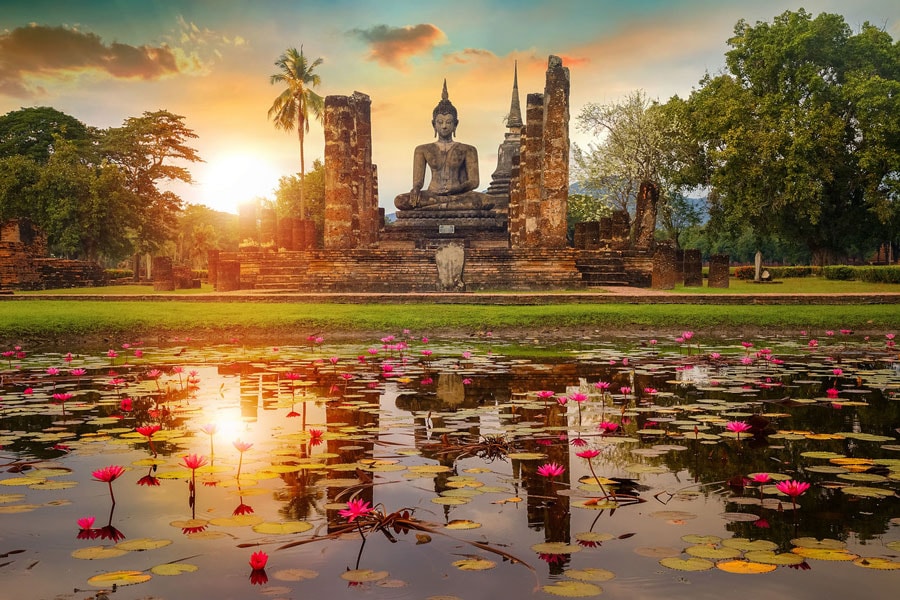




















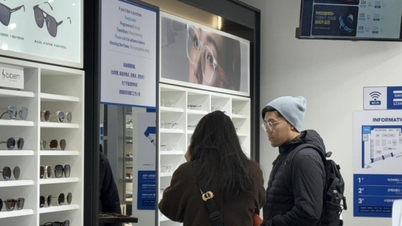


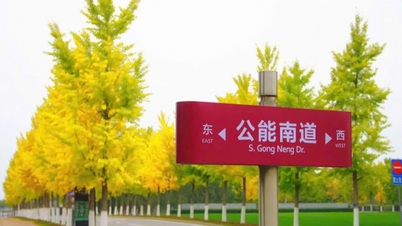
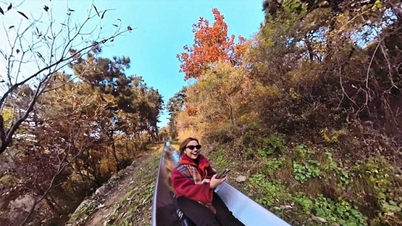
















































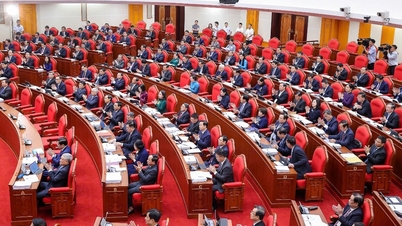

































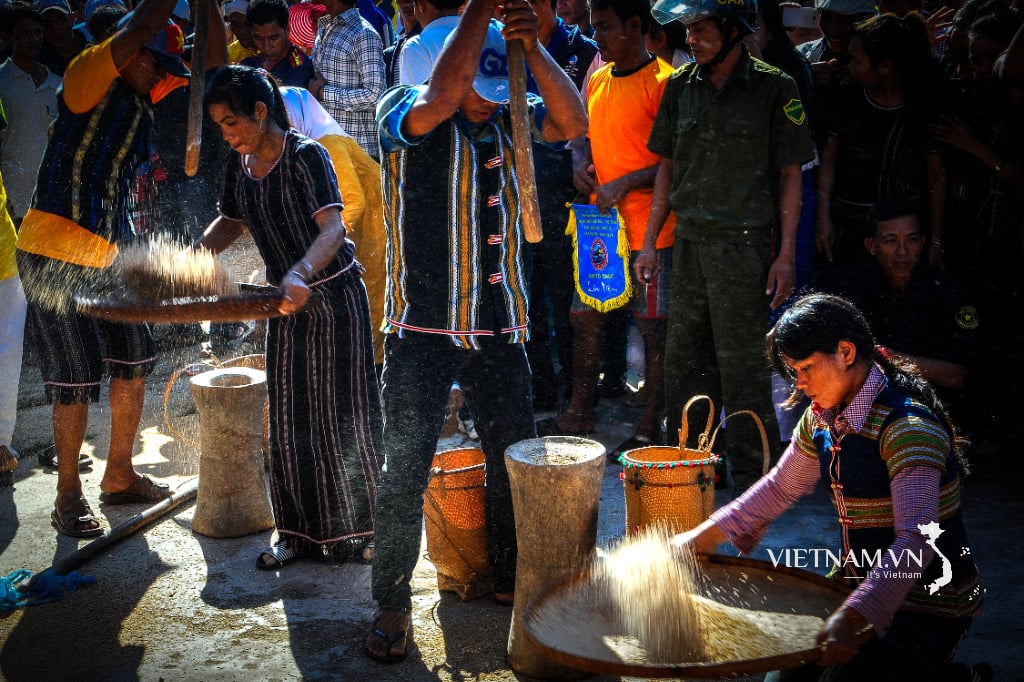
Comment (0)